
Types of Pectus Carinatum
- post-surgical, which happens when the sternum doesn’t heal properly after surgery or chest trauma
- congenital, where premature fusion of the chest cavity is present at birth
- idiopathic, the most common type of PC, which usually appears between ages 7 and 15 and correlates with growth spurts
- adult, usually an untreated idiopathic PC
- Mild
- Moderate
- Severe
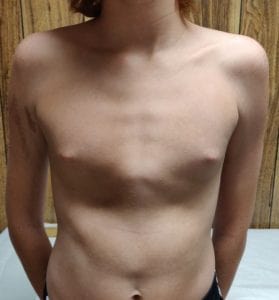
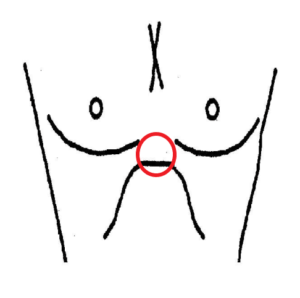
Central Low
Apex below nipple line. Typically form a “spike” type deformity. Usually very flexible and usually corrects completely with the LABTP.read more
Order Type: Pectus Brace; Design: Central
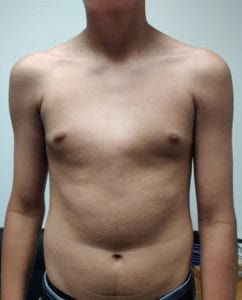
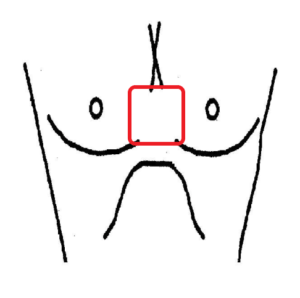
Central Mid
roughly in line with the nipples. Forms more of a squarish protrusion. Also typically flexible and will correct completely with the LABTP. read more
Order Type: Pectus Brace; Design: Central
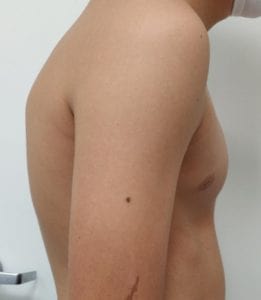
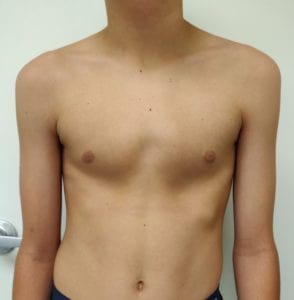
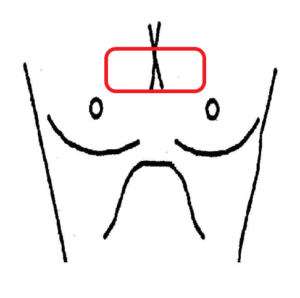
Central High
A chondromanubrial prominence which is higher on the chest with the apex above the nipple line. Less common and less responsive to treatment. Results vary by how high it is on the chest but can often be corrected by up to 50% with the LABTP. read more
Order Type: Pectus Brace; Design: Central
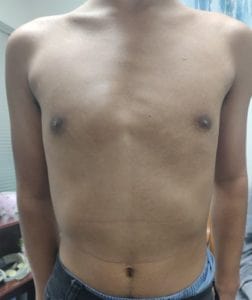
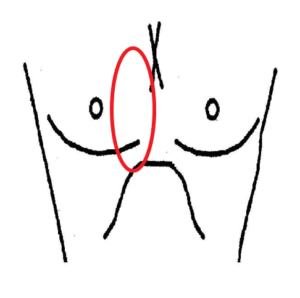
Right Lateral
The deformity is asymmetrical on the right side of the chest. This should ideally be braced a little earlier. Once they develop and become more severe, the deformity typically drifts more laterally making brace correction more difficult and requiring a more extensive form of LA Pectus Brace. read more
Order Type: Pectus Brace; Design: Right
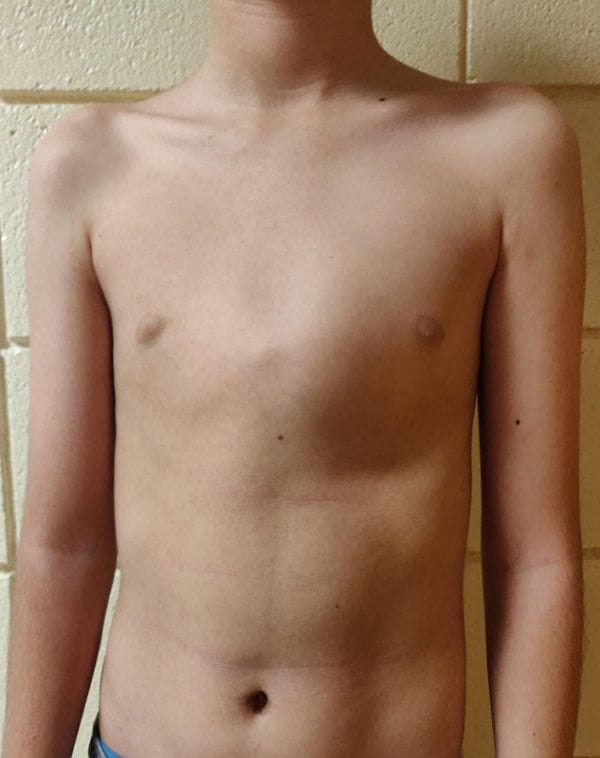
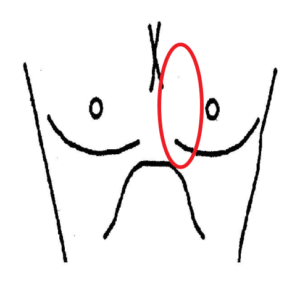
Left Lateral
The same as the right lateral PC but the protrusion is now on the left side. Also should ideally be braced a little earlier and with more severe cases require a more extensive form of LA Pectus Brace. read more
Order Type: Pectus Brace; Design: Left
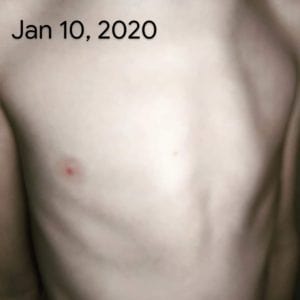
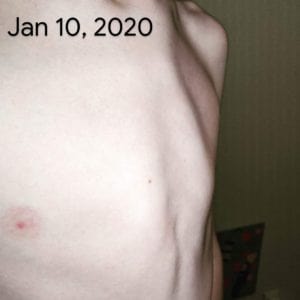
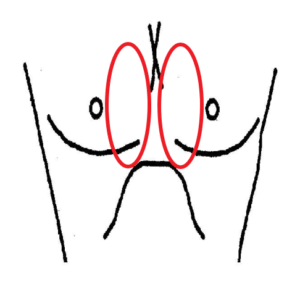
Double Lateral
A less common form of PC where there appears to be both a left lateral and a right lateral. This is usually easy to correct and we expect a 100% improvement. read more
Order Type: Pectus Brace; Design: Central
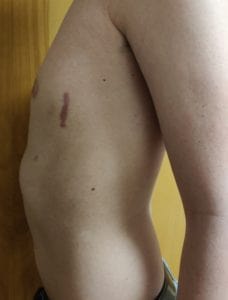
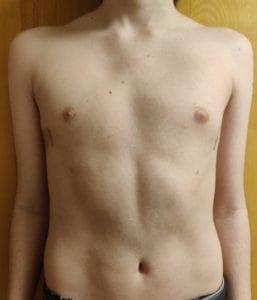
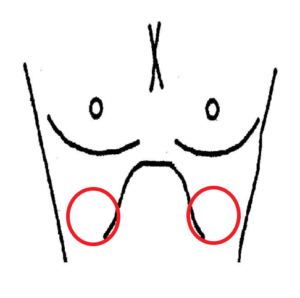
Rib Flaring
Some degree of rib flaring is common in most PC deformity but occasionally is the predominant anomaly. It is also often seen with Pectus Excavatum and particularly following Pectus Excavatum surgery. read more
Order Type: Rib Flare Brace


Barrel Chest
Similar in appearance to the Central Mid PC, but a Barrel Chest does not have a protrusion. Instead it is a chest that is excessively deep relative to its width. Often also associated with Scheurmans Kyphosis. It is typically flexible and with the LABTP can be improved and, if there is Kyphosis present, it may also reduce some of the Kyphosis deformity.
Order Type: Rib Flare Brace
